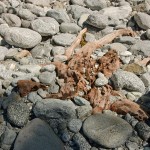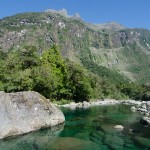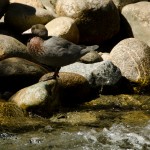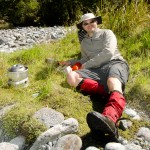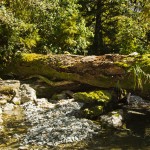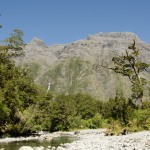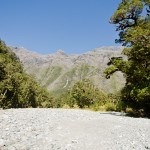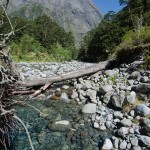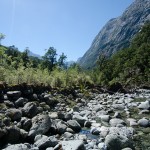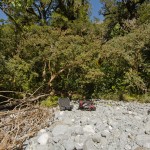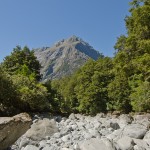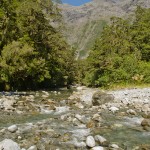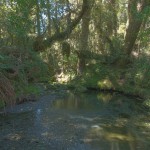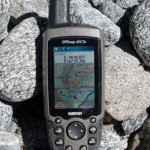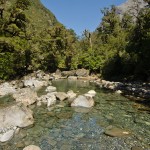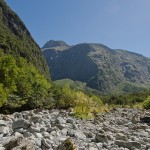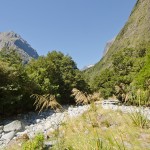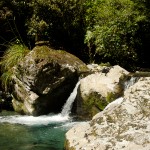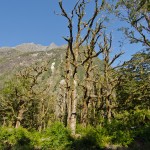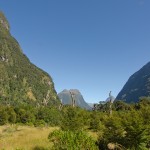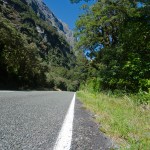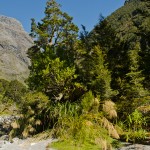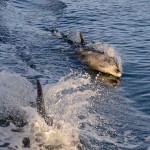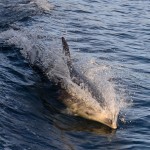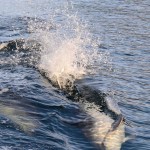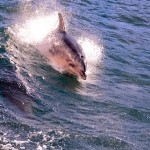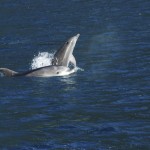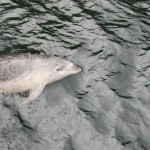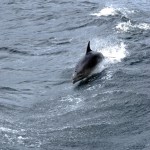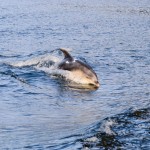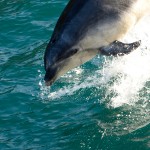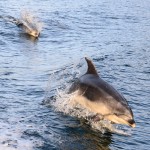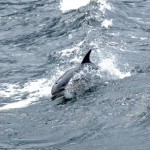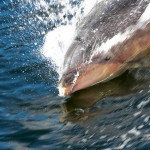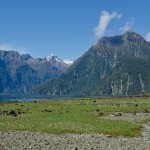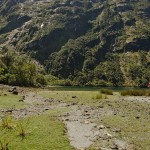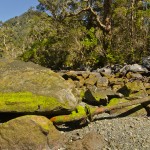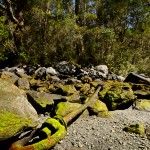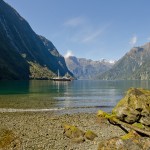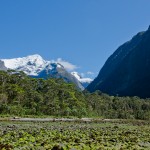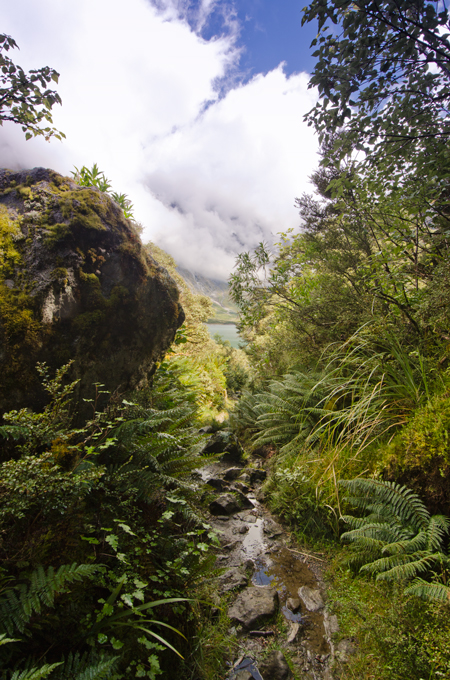Haikou
Haikou is the capital of Hainan province, P.R.C. It is situated on the north coast of Hainan. The northern part of the city is the district Haidian Island, which is separated from the main part of Haikou by the Haidean River, a branch of the Nandu.
Haikou was originally a port city. It still plays a important part in the trading and many goods goes through the he ports.
But today Hainan is one of the tourist meccas of China with white sandy beaches and crystal clear water. Many international Hotels are located on the beach site.
Arriving at Haikou
Hainan is not to far from Hong Kong, it takes only a 1.5 h flight to Haikou. I applied directly in Hong Kong by the Chines authority for my Tourist visa which got issued after 3 days, the process was very convenient and easy, pass photos could be made on the premisses and copies which are needed too, you need some extra cash for the extras.
As soon i arrived at Hainan International Airport I felt the difference of the heat, it is much warmer and little more humid, I felt it very comfortable. From the Airport I took a taxi to my accommodation, Sheraton Hotel we drove for around 45 mins and the taxi driver charged me 160 RMB. The Hotel is directly beside the beach, even so the out door facilities are in a top condition.
Haikou is on the northern edge of the torrid zone, and is part of the international Inter-tropical zone. April to October is the active zone for tropical storms and typhoons, most of them occur from August to September. May to October is the rainy season with the most rainfall.
Despite his location, the city has a subtropical climate with some strong monsoonal influences. However the area has hot summers and warm winters, usually with high humidity.. Extreme temperatures can range from 2.8 to 39.6 C. From June thru October torrential rain may occur, with 7 days annual rain fall.
Nightlife
Haikou has a very active nightlife that continues each evening until dawn. Bars are patronized until after midnight. Road side BBQ sites are very common through the city and offer some snack food even full meals, I dried few of the stands the food was very tasty a very good option if there is not much time to go for a restaurant for lunch or dinner. Sometimes they comprise tables, plastic chairs and a restaurant set up. This business operate from around9.00 am to 3.00 am.
By Air
Haikou is served by Haikou International Airport, which is located 25 km, 16 mi from the city. In front of the terminal are waiting licensed taxi which will bring you to your accommodation in Haikou.
Shuttle buses are waiting beside the International terminal which will bring you to the city, to the main bus terminal. If your accommodation is located close to the city it is more convenient and much cheaper to take a Taxi from the main bus terminal than from the Airport.
External link
For more information I refer to Wikipedia












































































































































































































